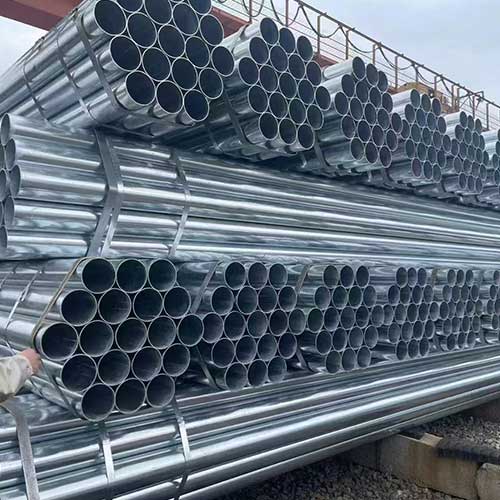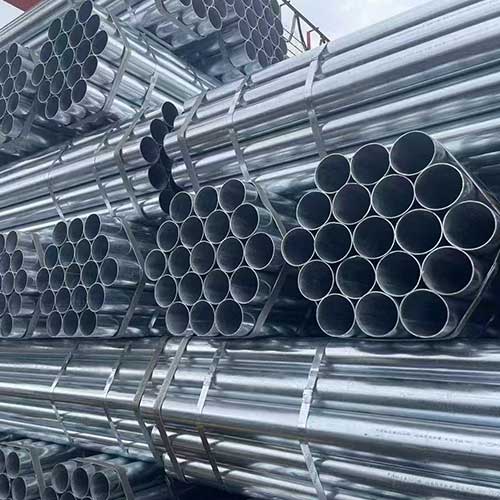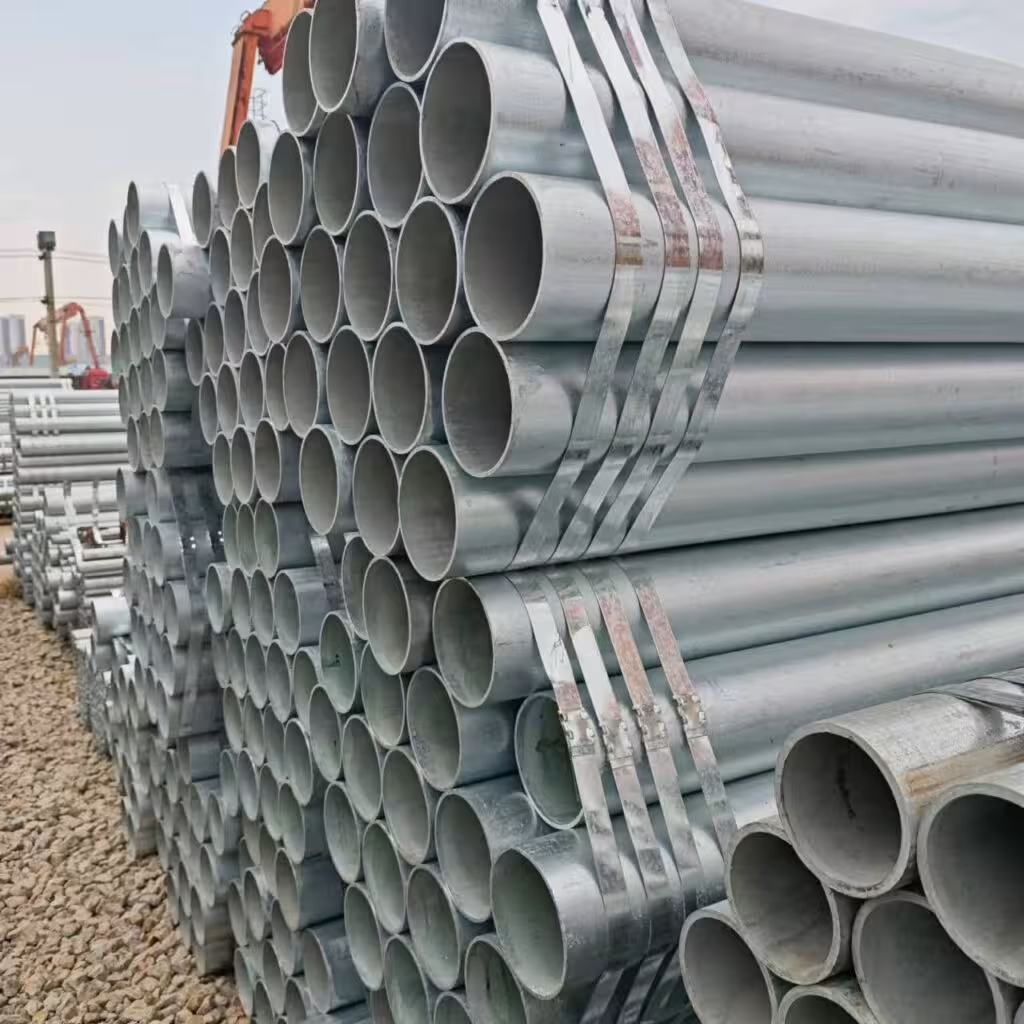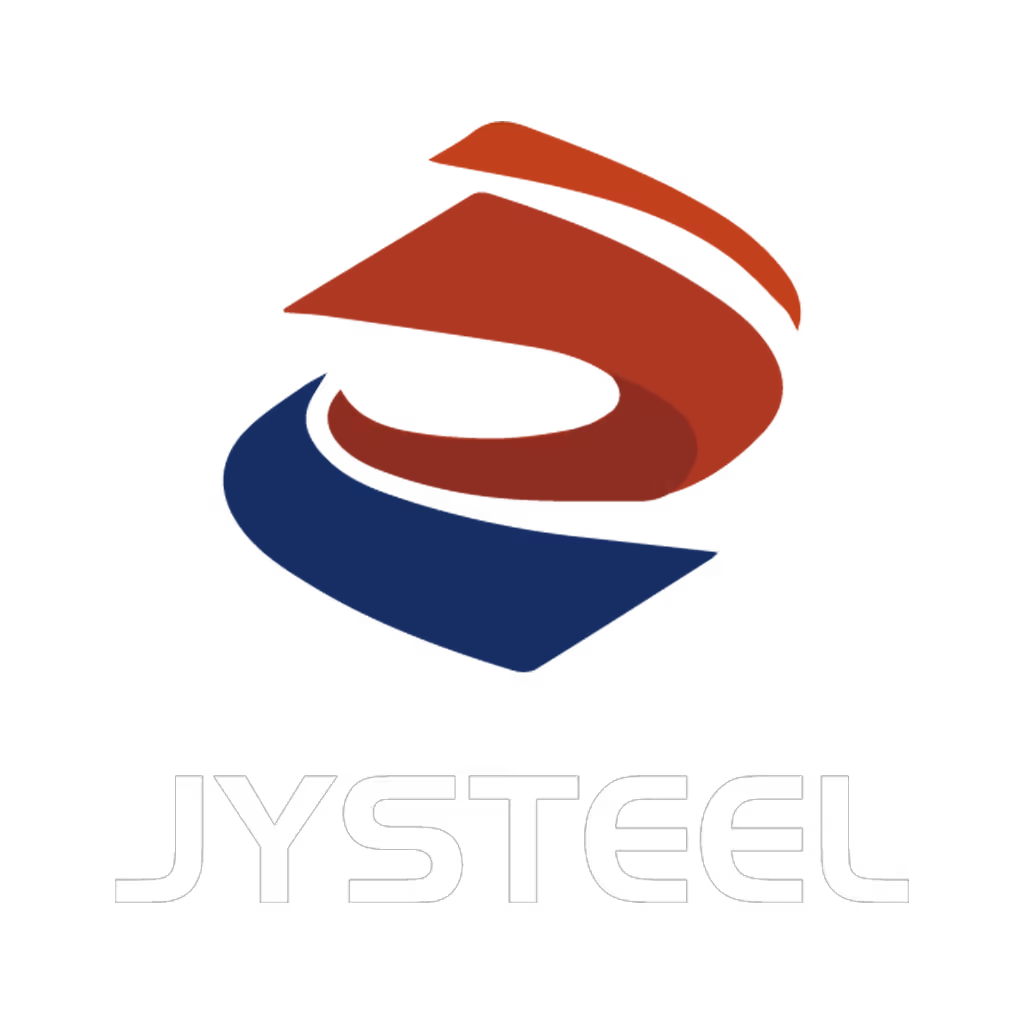مرحبًا بك في مدونتي!
قبل أن نتعمق في المحتوى، أود أن تنضموا إليّ على منصات التواصل الاجتماعي الخاصة بي حيث أشارك المزيد من الأفكار وأتفاعل مع المجتمع وأنشر التحديثات. إليك كيف يمكنك التواصل معي:
فيسبوك : فيسبوكhttps://www.facebook.com/profile.php?id=61565500692293
والآن، لنبدأ رحلتنا معًا. آمل أن تجدوا المحتوى هنا ثاقباً وجذاباً وقيّماً.
جدول المحتويات
مقدمة
If you’re working on construction or industrial projects, you might already know that galvanized pipes play a key role. But do you fully understand why galvanized pipe OD sizes matter for projects? OD, or Outer Diameter, is the actual measurement of the outside of a pipe. This seemingly simple detail has a major impact on how pipes fit together, how strong your systems are, and whether your project meets industry standards.
In this blog, we’ll break down what galvanized pipe OD sizes mean, why they’re important in real-world applications, and how you can select the right size for your projects.


What Does OD Actually Measure?
Galvanized pipe OD refers to the pipe’s outer diameter, not the internal opening. It’s measured across the widest point of the pipe’s outer wall. Unlike nominal pipe size, which is a general label, OD is an exact measurement. Industry standards require OD measurements to remain within tight tolerances to ensure compatibility with fittings, flanges, and supports.
For example, a 1-inch nominal pipe size actually has an OD of 1.315 inches. Even small discrepancies in OD can create big problems during installation or later during operation.
The Difference Between OD, Nominal Size, and ID
- OD (Outer Diameter): The actual outside measurement of the pipe.
- Nominal Size: A label used to classify the pipe size, not a physical measurement.
- ID (Inner Diameter): The space inside the pipe where fluids or gases flow, which varies depending on wall thickness.
Understanding these differences is essential when specifying pipes for any project. Here’s a table to help you visualize the key measurements:
| NPS (in) | OD (in / mm) | Schedule 40 WT (in / mm) | ID ≈ (in / mm) |
|---|---|---|---|
| 1 | 1.315 in / 33.4 mm | 0.133 in / 3.38 mm | ~1.049 in / 26.7 mm |
| 2 | 2.375 in / 60.3 mm | 0.154 in / 3.91 mm | ~2.067 in / 52.5 mm |
| 3 | 3.500 in / 88.9 mm | 0.216 in / 5.49 mm | ~3.068 in / 77.9 mm |
Why OD Consistency Matters
According to industry data, maintaining OD within ±1% of the nominal size ensures proper fit and safe performance. Pipes that fall outside this range may fail pressure tests, create joint misalignments, or lead to costly retrofitting.
Why Galvanized Pipe OD Sizes Matter for Fitting and Installation
The Role of OD in Fitting Compatibility
Fittings, couplings, and flanges are all sized according to pipe OD. If your galvanized pipe OD size doesn’t match the fitting’s design, the connection will either be too loose (risking leaks) or too tight (risking cracks during installation). This can delay your project and compromise safety.
Structural Applications and OD Precision
When galvanized pipes are used as load-bearing supports or handrails, OD precision ensures the pipe fits securely in brackets, supports, and anchoring plates. Incorrect OD sizes can lead to stress points, vibration issues, or long-term fatigue failure.
Project Timeline and Cost Savings
Accurate galvanized pipe OD sizes help projects stay on schedule. With the right OD, you’ll avoid the hassle of re-cutting, adjusting fittings, or sourcing emergency replacement materials. In the long run, this means fewer delays and lower labor costs.
How Galvanized Pipe OD Sizes Affect Fluid Flow and System Performance
The Hydraulic Equation: How OD Impacts Flow Rates
Although OD itself doesn’t control flow, it dictates the pipe’s wall thickness, which then affects the inner diameter (ID). The ID is what actually controls flow capacity and pressure drop. By choosing the correct OD and schedule, you ensure your pipe meets the system’s hydraulic requirements.
Wall Thickness and Pressure Ratings
Pipe schedules (like Sch. 40 or Sch. 80) define the wall thickness while keeping OD constant. This means you can increase pressure tolerance without altering the outer dimensions. The right galvanized pipe OD size helps you balance strength and flow.
Jiuyang Steel’s Commitment to Accurate Galvanized Pipe OD Sizes
Strict OD Testing Standards
At Jiuyang Steel, we inspect every batch of galvanized pipes to ensure the OD stays within the strict tolerance limits defined by global standards. Our testing process uses advanced laser calipers and digital gauges to guarantee accuracy.
Multiple Pipe Schedules and Customization Options
We supply a wide range of galvanized pipe OD sizes, including schedules 20, 40, and 80. You can choose pipes with thicker walls for higher-pressure systems, without affecting the outer diameter that fits your project’s design.
Supporting Your Project Success
From your first inquiry to the final delivery, Jiuyang Steel works with your team to ensure your galvanized pipe OD sizes meet technical and practical requirements. We help you avoid mismatches and optimize your installation process.
Common Applications Where Galvanized Pipe OD Sizes Matter

Plumbing and Water Supply
Galvanized pipe OD sizes ensure fittings seal correctly and pipes align properly in plumbing systems. For potable water and waste lines, Schedule 40 galvanized pipes are commonly used.
Gas Distribution Networks
Gas lines must meet strict safety standards. Accurate OD sizing ensures tight, secure joints that prevent leaks and meet certification requirements.
أنظمة الحماية من الحرائق
Sprinkler systems use galvanized pipes in precise OD sizes to ensure compatibility with fittings and maintain water pressure across the network. Correct OD sizing is critical for emergency reliability.
Structural Frameworks and Industrial Railings
Whether you’re building a factory handrail or an outdoor structure, consistent OD ensures smooth welds, uniform spacing, and structural balance.
الخاتمة
As you can see, galvanized pipe OD sizes play a critical role in the success of your construction and industrial projects. From ensuring compatibility with fittings to maintaining structural integrity and hydraulic performance, selecting the correct OD size is essential.
At Jiuyang Steel, we understand how important these details are. Our galvanized pipes meet international standards for OD tolerance and are tested to ensure consistency and reliability. Whether your project involves plumbing, gas distribution, structural frameworks, or fire protection systems, we’re here to help.
Ready to get started? Contact Jiuyang Steel today to find the right galvanized pipe OD sizes for your project. Our expert team is here to answer your questions and deliver solutions that work.
الأسئلة الشائعة
What are the standard galvanized pipe OD sizes?
Standard galvanized pipe OD sizes correspond with nominal pipe sizes. For example, a 1-inch nominal pipe has a 1.315-inch OD. Standard sizes range from ½ inch up to 12 inches or more.
Do galvanized pipe OD sizes change with the schedule?
No. The schedule affects the pipe’s wall thickness and ID, but the OD remains constant to maintain compatibility with standard fittings and flanges.
How do I measure galvanized pipe OD sizes?
Use a caliper to measure across the widest part of the pipe’s exterior. This gives you the true OD measurement, which you can then compare to nominal pipe size charts.
What happens if the OD size is incorrect?
Incorrect OD sizes can cause fittings to fail, misalign supports, or result in leaks. Always verify your pipe OD before placing large orders or starting installation.
Can Jiuyang Steel help me select the right galvanized pipe OD sizes?
Absolutely. Our team can provide technical guidance based on your project needs. Contact us for recommendations and product availability.

